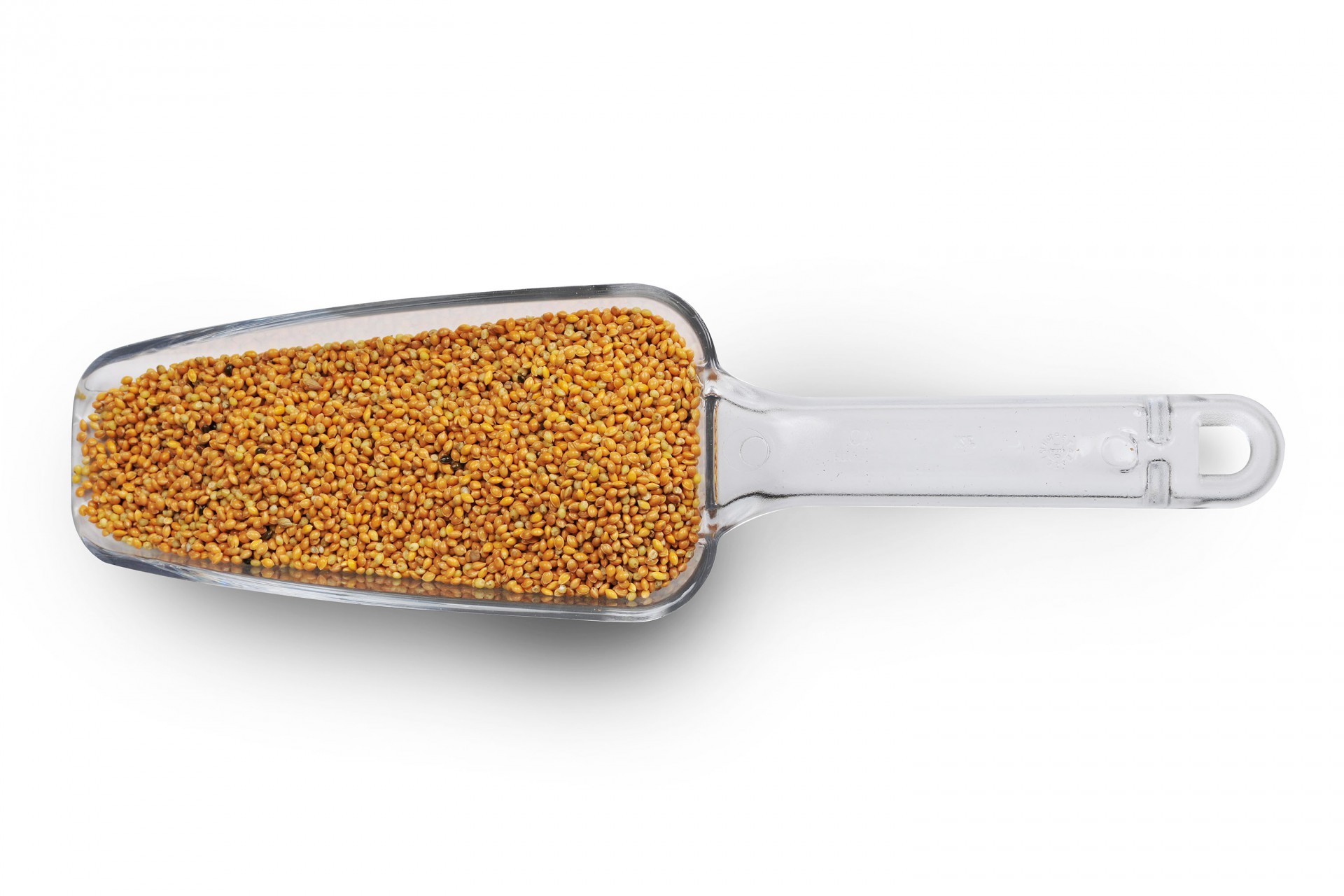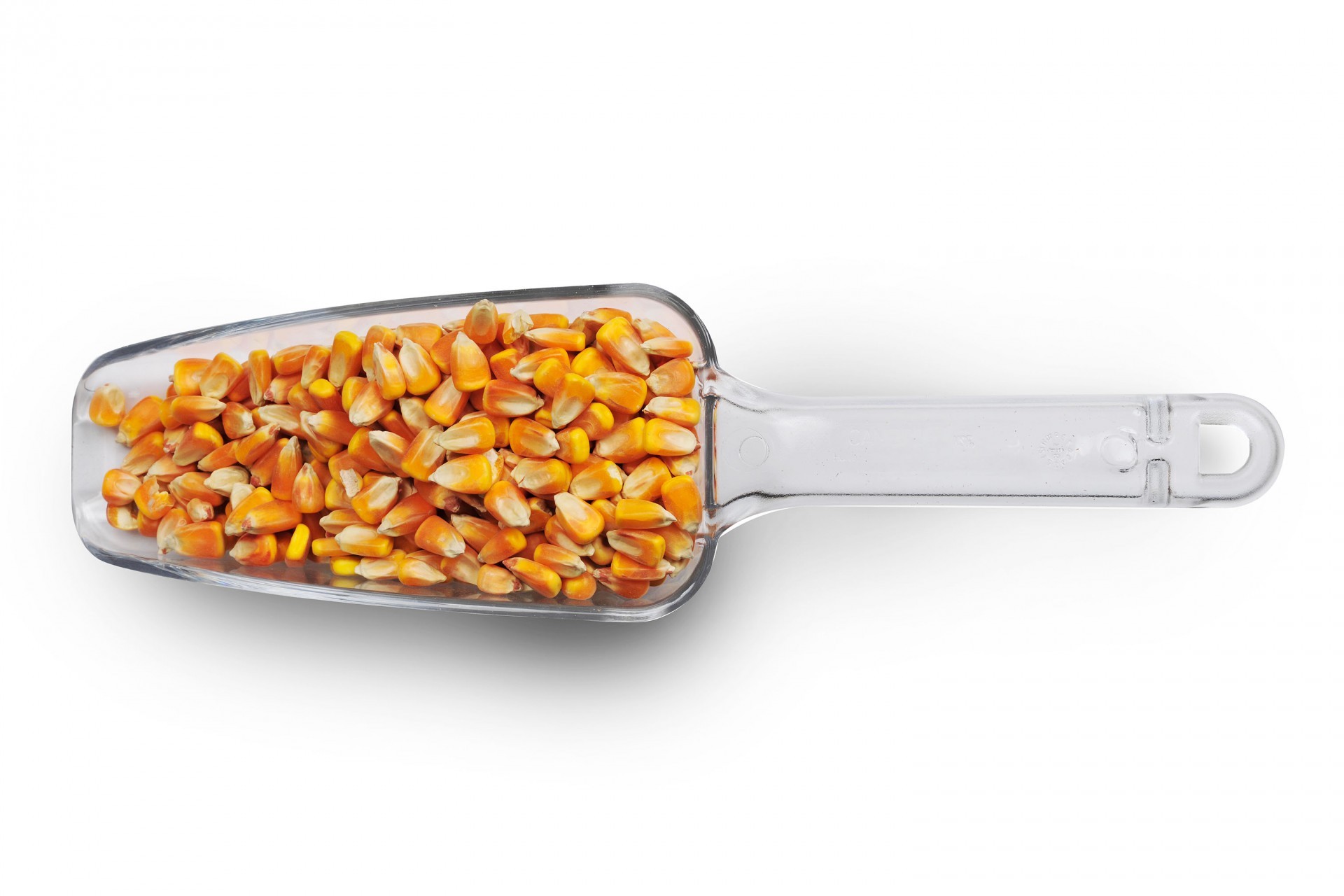Guide To Cereals
This is a brief guide packed with information, curiosities and culinary tips that will enable you to discover the vast array of cereals that the Faribon 600 can grind.

Amaranth
Gluten-free, suitable for vegetarian diets
Even if amaranth is not a cereal it has many of the features typical of this category of food.
Amaranth belongs to the Amaranthaceae family and is completely gluten-free given that it is not a cereal, which makes it suitable for people who suffer from coeliac disease.
It is an ingredient that is used worldwide and is widespread among the ancient peoples of Central America, but is still little known in Italy.
Amaranth is very rich in protein and, therefore, more than suitable for vegetarians.
Culinary uses:
- Excellent for gluten-free bread, pizza and pastry.
Oats
A source of long-lasting energy
Until a few years ago oats were mainly used as feed for animals but, thanks to the discovery of its numerous properties, today it is a very widely eaten cereal.
Oats are an excellent source of long-lasting energy and given that they are a source of slow-burning carbohydrates it does not cause marked insulin peaks. This cereal is also important for protein synthesis due to its lysine content, which is considerably higher than in other cereals.
It is suitable for convalescents and for those who suffer from gastritis, colitis or other digestive disorders because it is easily digested. Oats are also suitable for diabetes, because they contain low levels of carbohydrates.
Culinary uses:
- Oatmeal is great for making biscuits and baby food for weaning newborn babies


Barley
For the prevention of cardiovascular diseases
Barley is a cereal that originally came from Asia and belongs to the grass family and depending on the number of kernels can be cultivated both in spring and in autumn. Thanks to its numerous nutritional properties it is suitable for both children and adults, and precisely for this reason it is very widely used in the Mediterranean diet.
This cereal is 70% carbohydrate and about 10% protein, with a low fat content, less than 1.5%.
Even the trace mineral and vitamin content is decidedly high: barley is rich in potassium, magnesium, phosphorus, iron, silicon, zinc and calcium, and vitamins E and B
It is precisely thanks to a good amount of vitamin B, that regular consumption of barley lowers the risk of heart disease.
Culinary uses:
- Barley flour is light and slightly sweet, and is used in baked goods because it makes bread soft, similar to cake, thanks to a very low gluten content.
Buckwheat
An excellent substitute for wheat for those who are gluten intolerant
Although many people believe that it is a cereal, buckwheat is a seed of the same family as rhubarb and for this reason is an excellent substitute for wheat for those who are sensitive to gluten proteins.
Its low glycaemic content makes it perfect for the majority of diets, while its high flavonoid content makes it an excellent antioxidant.
Buckwheat is rich in trace minerals, in particular iron, zinc and selenium.
Culinary uses:
- It is possible to make taragna polenta with buckwheat flour, a typical Valtellina dish.


Spelt
A low-fat, high-protein wheat
This is the oldest type of wheat cultivated. Thanks to its numerous properties the Mediterranean diet makes widespread use of spelt and it is increasingly used in vegetarian and vegan diets: spelt is normally poor in fats, has a high protein content and is considered to be more digestible than many other cereals.
There are three different varieties on the market now, which are distinguished primarily by the size of the grain: dicocco, monococco and spelta.
Culinary uses:
- Excellent bread can be produced with this flour, which is very close in taste to white bread.
Millet
Counteracts stress naturally
In Europe millet is still strongly associated with poultry feed and its cultivation is not very widespread, probably because of productivity difficulties.
However, this cereal is very rich in nutritional properties: trace minerals and vitamins B, A, E and PP. It is also easily digestible and can, therefore, be used to prepare baby food for weaning.
Thanks to the presence of the B group vitamins and a wealth of trace minerals, millet is a nutrient rich food suitable for convalescents and it also counteracts stress naturally.
Culinary uses:
- Thanks to its delicate taste it is ideal for making gnocchi and polenta.


Kamut
A cereal that has kept its original characteristics intact
It is mistakenly believed that the term Kamut denotes a certain type of cereal, whereas it is simply a trademark registered by the American company Kamut International.
Whereas, it is true that compared to other cereals it has higher amounts of trace minerals, in particular selenium, protein and vitamins. It is also considered more digestible than “ordinary” wheat probably because it has never been subjected to industrial hybridizations, and therefore, has maintained its original nutritional characteristics intact.
Therefore, Kamut flour can replace, entirely or in part, traditional durum wheat flour in the preparation of baked goods. It is ideal for long leavening, has a characteristic taste, smells like walnuts and is soft.
Quinoa
A source of energy
Quinoa belongs to the Chenopidacee family, native to South America and often mistakenly considered to be a cereal due to its high starch content. It is not a grass and is, therefore, completely gluten-free, and rich in protein, carbohydrates and fibre.
It is a particularly energizing food: 100 grams have about 350 calories! It is recommended for pregnant women, children and sportsmen and women because it is very nutritious.
Culinary uses:
- Because it does not rise well and is very low in fat and sugar it is often used to make excellent crisp, crunchy biscuits.


Sorghum
A valid alternative to maize
It is the fifth most important cereal in the worldwide agricultural economy.
The cultivation of sorghum is a valid alternative to maize, especially in areas where irrigation is poor and summer rainfall is low, making the cultivation of maize difficult.
The flour obtained from coarsely grinding this cereal can be used in baking.
Still very widespread in some poor areas of the planet (from north Africa to India), this food has recently been reassessed in Europe due to the absence of gluten, making it suitable for people who suffer from coeliac disease.
In the United States sorghum is fermented for the production of beer, while in Italy its cultivation is still of marginal importance.
Culinary uses:
- Fermented sorghum is used in the production of beer.
- Mixed with wheat flour it is ideal for the preparation of baked goods (bread, pastry, pancakes…).
- Il sorgo fermentato è utilizzato nella produzione di birra.
- Mescolato alla farina di grano è ideale per la preparazione di prodotti da forno (pane, pastafrolla, pancackes…).
Rye
A cereal very rich in lysine
Rye is an ancient cereal, which was already being cultivated 2,000 years ago. It is among the cereals richest in lysine, an amino acid important for maintaining a balanced diet. Lysine is normally found in legumes and is usually lacking in cereals but rye is an exception, together with quinoa and amaranth. Rye is calorie poor but high in fibre. For this reason it is particularly suitable for those who suffer from intestine problems.
Culinary uses:
- Rye bread, with its characteristic dark colour is very widespread in German-speaking areas, but also in Valtellina and South Tyrol.


Maize
Important source of folic acid and iron
This cereal originally came from Latin America, and arrived in Europe thanks to Christopher Columbus even if it was used for food starting only in the nineteenth century.
Maize is a gluten-free cereal, and is, therefore, suitable for those suffering from celiac disease. It is rich in folic acid and vitamin B1 and thus is suitable for pregnant women and for the preparation of baby food, starting from early childhood.
Maize also has good amounts of iron and other minerals and is, therefore, useful in cases of anaemia.
Culinary uses:
- Zaeti, typical Venetian biscuits, with a characteristic yellow colour, can be made with maize flour.
- Maize flour, mixed with a small amount of white flour, can be used to make the well-known Pane di Meliga or Pane di Novara.


